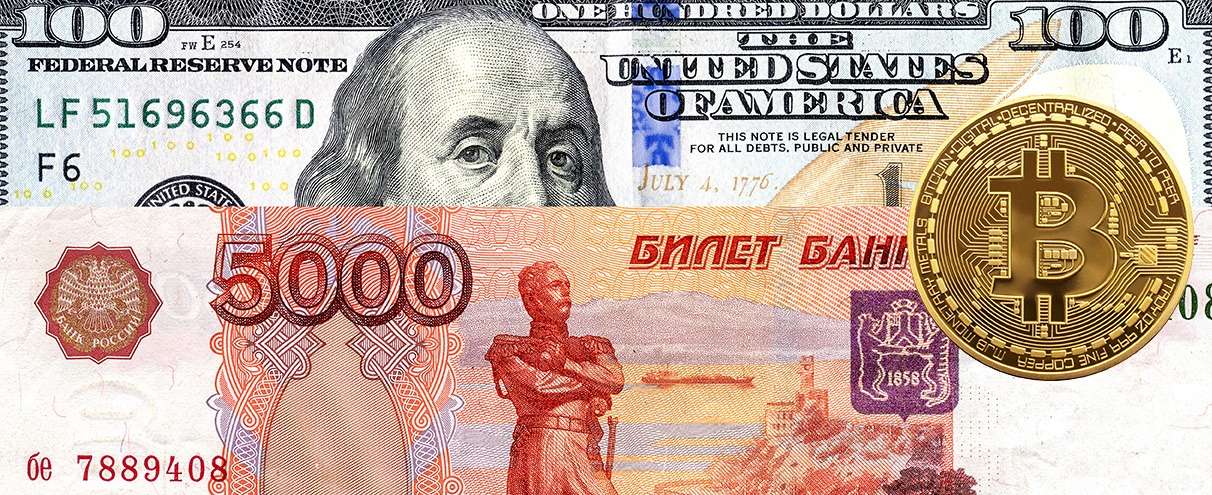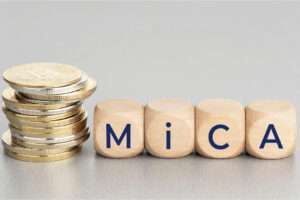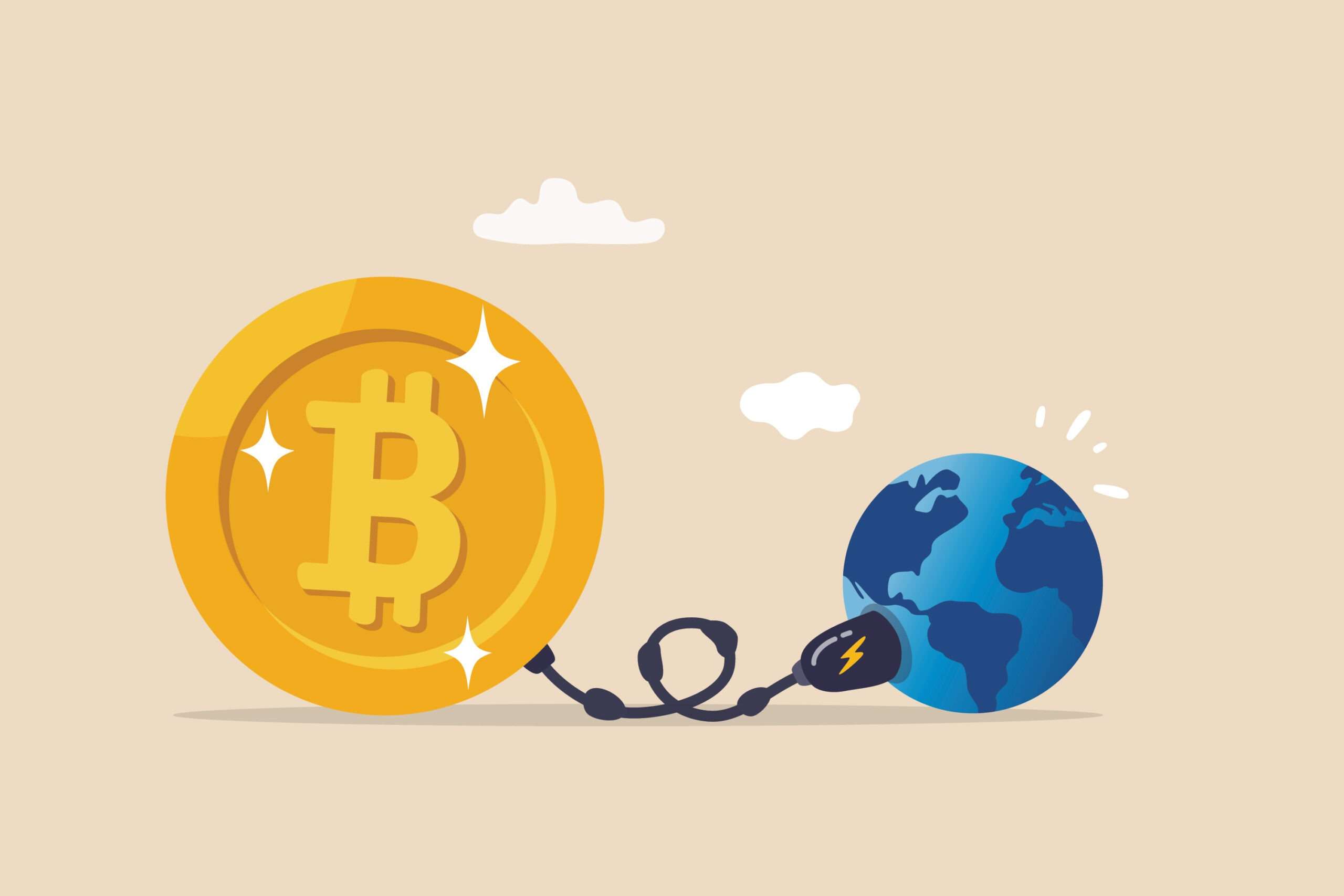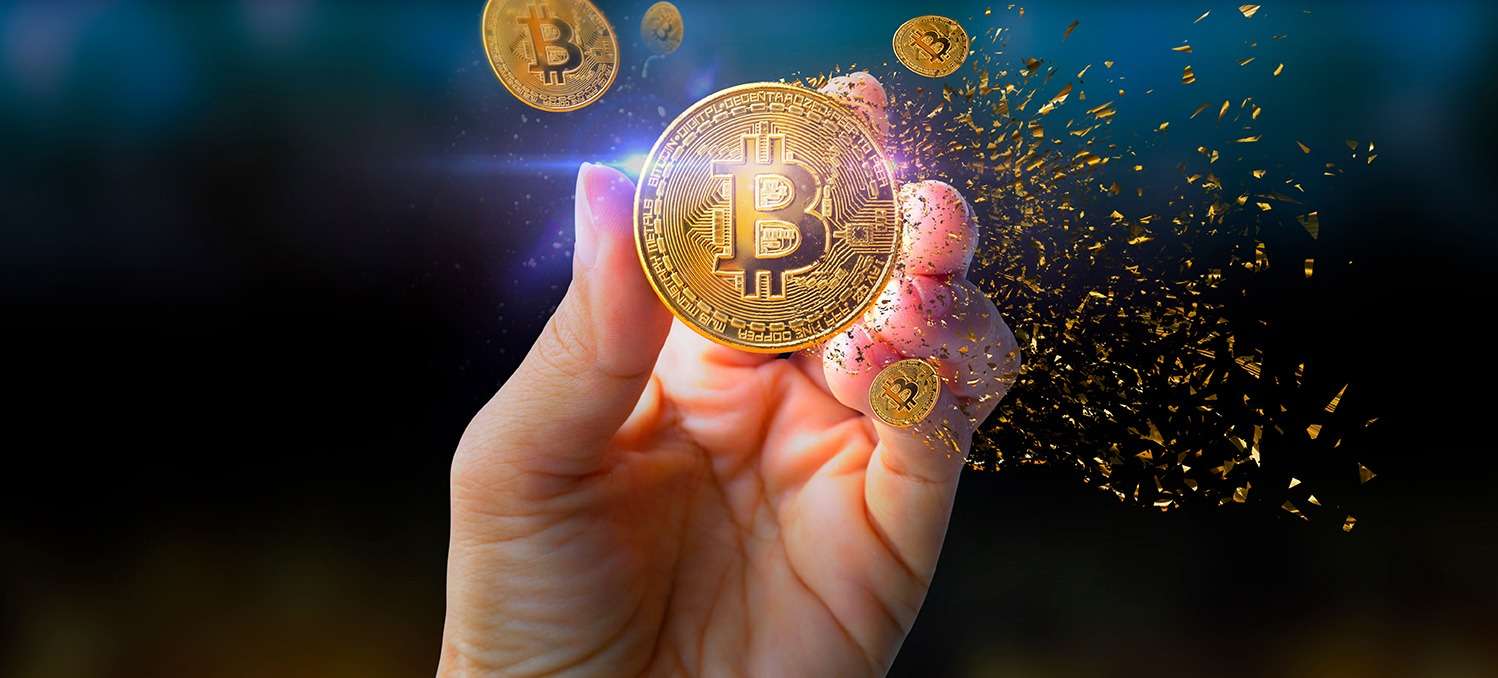When the crypto market starts getting hit with regulatory changes, it is no surprise that investors begin to get nervous. From delistings to government crackdowns, the rules are changing, and it feels like nobody is safe.
Amidst this regulatory frenzy, Stablecoins like Tether (USDT) often find their place as reliable, predictable options — until they don’t.
Tether’s Response to Regulation
Tether, the world’s largest Stablecoin, has been facing regulatory heat lately. Several major exchanges, including Crypto.com and Binance, have faced pressure from European regulators due to new rules requiring Stablecoins to meet stricter guidelines.
“Crypto.com has already announced it will delist USDT for EEA users by July 2024, citing MiCA compliance concerns.” – Crypto.com press release, January 2024
“Binance is evaluating its stablecoin offerings across the EU in light of MiCA, with delistings of non-compliant tokens expected to follow.” – Binance EU Strategy Team, March 2024
While some exchanges have responded by suspending or delisting USDT on specific platforms, Tether remains one of the most widely used Stablecoins globally. As governments flex their muscles, crypto companies must either adapt or risk being left behind.
“Under MiCA regulations, unregulated stablecoins like USDT are increasingly being pushed out of European markets due to transparency and reserve backing requirements.” – European Securities and Markets Authority (ESMA), 2024 policy brief
In the past, when regulations started to tighten, the answer was simple: adjust and move on. But Tether’s response is a bit more interesting. Rather than just hunkering down and hoping things settle, Tether is making a bold move: They are buying Bitcoin—a lot of it.
Why Bitcoin?
Simple. It doesn’t care about tariffs, inflation, or whether a government thinks it should exist. Bitcoin operates on its own, outside the reach of any central bank, and it’s not tied to any one country’s political whims.
Today, Stablecoins like USDT are subject to shifting government policies, and Bitcoin’s neutrality becomes an appealing asset. Tether is betting that diversifying into Bitcoin can create a buffer against the unpredictable nature of global regulations.
“Tether’s delisting in Europe marks the start of a geopolitical shift where stablecoins must prove they are more than shadow dollars.” – Dr. Patrick Hansen, EU crypto policy expert
While traditional financial assets are often at the mercy of political moods, Bitcoin continues to operate independently, regardless of the news.
In other words, Bitcoin offers financial freedom that traditional currencies, even stable ones like USDT, can’t match. And that’s precisely what Tether needs right now.
“Europe’s regulatory shift is not just about Tether—it’s about redefining the very foundation of what digital money means in a post-MiCA world.” – Clara Duro, Head of Digital Assets Regulation, Frankfurt School of Finance
Bitcoin’s Role in a Shifting Landscape
This isn’t some wild theory or a crypto pipe dream. Bitcoin has already proven its worth as a kind of hedge during times of economic uncertainty. Consider the trade wars between the US and China, which have been ongoing for about a decade. Tensions between the two countries saw Bitcoin surge in interest, as people turned to it as a potential haven, much in the same way investors flock to gold during uncertain times.
Tether’s bet on Bitcoin comes as global supply chains and trade relationships are again being tested. With tariffs becoming more common and countries reevaluating their trade policies, Bitcoin is starting to resemble digital gold — an asset that’s easy to store, move, and trade, even in a digital-first world.
“With the European Union cracking down on stablecoins that don’t meet their asset reserve and audit standards, Tether’s hold on the continent is weakening.” – Reuters Financial, February 2025
What’s the Catch?
Of course, there are a few things to keep in mind. Bitcoin’s volatility is no secret. While its adoption is growing, it remains a less popular choice for many investors. Some still see it as too risky, and others don’t fully understand it.
And, unlike traditional safe havens like gold or government bonds, Bitcoin’s relationship with market movements isn’t always clear. On some days, it behaves like a high-risk asset; on other days, it acts like a refuge. It’s unpredictable and difficult to predict.
But in a world where everything seems to be up in the air, having an asset that’s not tied to any country’s economy is a real advantage. Bitcoin has demonstrated its ability to function independently, and that’s why Tether is incorporating it into its plan. Tether is still figuring out how to navigate a world where regulations change almost daily, but its decision to invest in Bitcoin shows that it’s thinking ahead. It’s not a perfect solution, but it’s a smart one.
Image Source: Adobe Stock
Disclaimer: This article is purely for informational purposes. It is not offered or intended to be used for legal, tax, investment or financial advice.












